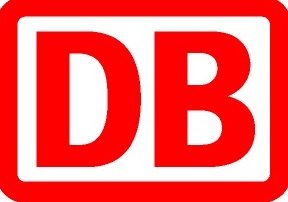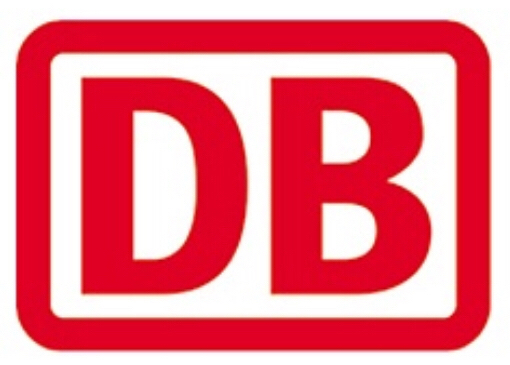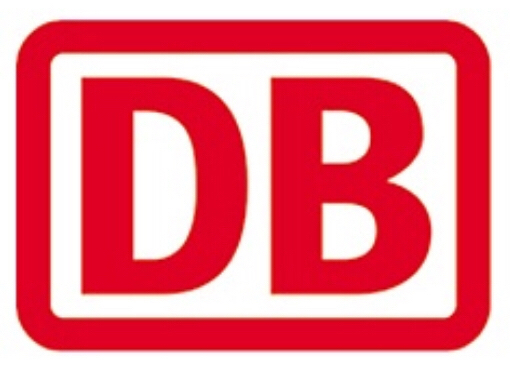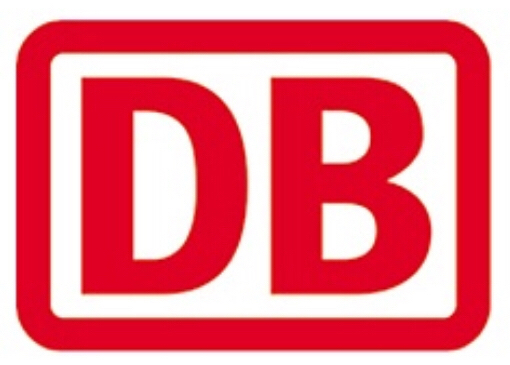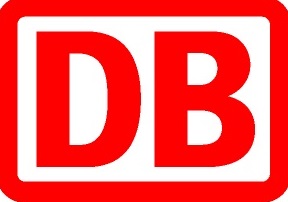Title Page
-
Conducted on
-
Prepared by
-
Location
Internally generated fire safety documentation
-
Name of Person who is responsible for fire safety + Contact Information.
-
Name of competent person available to assist implementation of fire safety legislation
-
Branch Emergency Plan
-
Are all staff with special responsibilities (E.g. Fire Warden) listed on the branch emergency plan and given special training?
-
Branch Evacuation Plan<br>
-
Previous Fire Risk Assessment Reference and Date.
-
When was the emergency lighting inspection performed
-
When were the fire extinguishers last serviced?
-
What are the sites operational hours
-
Are the weekly checks performed on both the fire alarms and emergency lighting + documented in the fire log?
Externally generated fire safety documentation
-
Fixed Wiring test last inspected/serviced on?
-
Portable Appliance Testing (PAT)
-
Name of Supplier who has performed Last Fixed Wiring and Portable Appliance Testing (PAT)
-
Are CCTV and Fire Alarms managed/monitored/maintained by an approved supplier
-
Are they approved suppliers in accordance with QSHE SOP 010 Control of Contractors/Suppliers
Fire Hazards and their ELIMINATION or CONTROL
-
Cable management! Any UNCONTROLLED trailing cables across thoroughfares, under foot under desks, across and behind desks?
-
Are Extension Leads and Adapters suitably used? E.g. No extensions connected to extensions or adapters within adapters?
Smoking
-
Are reasonable measures taken to prevent fires as a result of smoking?
-
Is smoking allowed in any part of the building?
-
Has a suitable area been identified for those who wish to smoke?
-
Is there suitable arrangements in place to keep the smoking area clean and tidy together with adequate signage?
Arson
-
Is the basic security against arson by outsiders reasonable.
-
Are all visitors required to sign in at reception and escorted on site at all times?
-
Is CCTV located at appropriate locations (e.g. reception and other entrances/exits)
-
Are there any unnecessary fire sources in close proximity to the building or available for ignition by outsiders?
-
Is the external storage for Flammable and highly flammable liquids (HFL's) adequate?
-
Is the external storage for Liquefied Petroleum Gas (LPG) adequate?
-
Storage of combustible and or flammable substances and materials adequate?
-
Vehicles parked at a suitable distance from the perimeter of the building?
Cooking and drink making equipment.
-
Are reasonable measures taken to prevent fires as a result of cooking/drink preparation? (Prep is only allowed via equipment with a valid PAT tested microwave ovens, toasters and hobs and kettles) All housekeeping in cooking areas kept to a high standard
-
Are heat vents/steam kept away from live sockets in cooking/drink preparation areas?
Portable Heaters and Heating Installations.
-
Is the use of portable heaters avoided as far as practicable?
-
If portable heaters are used, is the use of the more hazardous type (E.g. Radiant bar files or LPG appliances) avoided?
-
Are suitable measures taken to minimize the hazard of ignition and combustible materials around heaters?
-
Are bags, coats and other personal effects kept away from sources of ignition and heaters?
Lightning Protection
-
Does the building have a lightning protection system?
-
If the building does have a lightning protection system, is it regularly inspected and maintained?
Housekeeping
-
Is the standard of housekeeping adequate?
-
Combustible materials appear to be separated from ignition sources?
-
Unnecessary accumulation of combustible materials, waste and clutter?
-
Appropriate storage of liquefied petroleum gas (LPG) and similar bottle gasses? Including empty bottles.
-
Appropriate storage of hazardous substances and materials? (Cleaning materials locked away and are the responsibility of the management company. Dangerous goods are stored as required by legislation)
-
Appropriate control measures concerning Dangerous substances and Explosive Atmospheres (DSEAR)
Other Significant Hazards & Ignition Sources that Warrant Consideration
-
Any sources of ignition from Plant and lift motor rooms?
-
Any regular or irregular activities on site (Drilling, gouging, braising, cutting, welding, grinding, forge, furnace Etc.)
-
Are all task performed by approved suppliers controlled under a Permit To Work (PTW)
Hazards Introduced by Outside Contractors and Building Works.
-
Is there satisfactory control over works carried out in the building by outside contractors (Including Hot Works Permits)
-
Does the site have a suitably trained member of staff capable of issuing and managing the conditions required by the permit to work?
-
Are fire safety conditions imposed on outside contractors?
-
Is there a policy that controls the activities of outside contractors
-
If there are any in-house maintenance personnel, are there suitable precautions taken during hot works, including use of hot work permits?
-
Are regular checks made and recorded on the activities of outside contractors?
Fire Protection Measures
-
Is there an adequate number of emergency exits?
-
Are the exits easily and immediately operable where necessary?
-
Fire Exits open in the direction of escape
-
Avoidance of sliding or revolving doors as fire exits where necessary.
-
Satisfactory means for securing exits?
-
Is the Distance of travel reasonable where there is a single direction?
-
Is the distance of travel reasonable where there are alternative means of escape?
-
Are the escape routes suitably protected?
-
Are there suitable fire precautions of all escape routes?
-
Are all escape routes unobstructed?
-
Is there reasonable arrangements for means of escape for occupants who have had a Personal Escape Assessment!
-
Are externally constructed and or supported escape routes tested periodically by a structural engineer?
Measures to Limit Fire Spread and Development.
-
Is the compartmentation between horizontal areas of reasonable standard?
-
Is the compartmentation between vertical areas of a reasonable standard?
-
Wet and dry riser compartmentation?
-
Electrical an other utility riser compartmentation?
-
Reasonable limitation of linings that may promote fire spread?
-
Evidence of fire dampers, or other means to limit the spread and development of smoke and fire?
-
Fire and smoke seals, brushes and intumescent strips and self closing devices are in place around fire doors and where necessary?
Escape Lighting
-
Is the emergency lighting along escape routes and corridors of a reasonable standard?
-
Is the emergency lighting along escape stairways of a reasonable standard?
-
Is the emergency lighting at the final emergency fire exits of a reasonable standard?
-
Is the lighting at the muster/assembly points of a reasonable standard?
Fire Safety Signs and Notices
-
Are the fire safety signs and notices along the escape routes of a reasonable standard?
-
Are the escape door mechanism signs of a reasonable standard?
-
Are the fire equipment identification and location signs of a reasonable standard?
-
Are the fire extinguisher signs of a reasonable standard?
-
Are fire evacuation plans in place?
-
Are fire safety instruction signs in place?
-
Fire and other hazard signs in place?
-
Photo luminescent fire safety signs and notices in place?
-
Are fire notices notices standardized and compliant.
Means of Giving Warning in Case of Fire.
-
Has a reasonable manually operated electrical fire alarm system been provided?
-
Is an automatic fire detection system provided in operational and communal areas.
-
Is there means of giving warning whilst in escape routes and stairways?
-
Sufficient fire extinguishers provided and situated in a suitable place?
-
Does the alarm system include remote transmission (Not necessary if 24hr operation)
Manual Fire Extinguisher Appliances
-
Are the fire extinguishers suitable for the work activities and risks that are present ?








